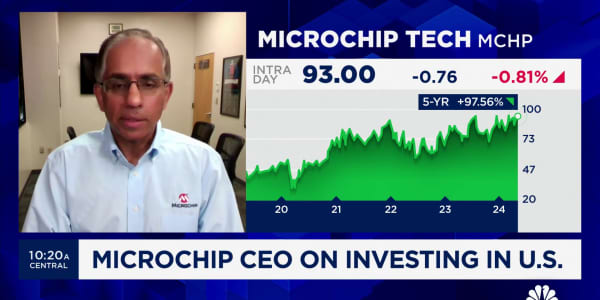Rob Wile at Business Insider breaks down what the bust of Walter White, the antihero of the Breaking Bad series, would cost his neighbors in terms of diminished home values.
Wile writes:
In his 2011 paper, "The Lasting Effects of Crime: The Relationship of Discovered Methamphetamine Laboratories and Home Values," Holy Cross econ professor Joshua Congdon-Hohman calculates how much damage meth labs cause to surrounding home values after they're discovered…
Using housing sales data from Akron, Ohio—home to that state's largest concentration of meth labs—Congdon-Hohman finds the following:
For homes sold within an eighth of a mile after a lab is discovered, there is a 10.5% decline in sales prices.
Within the first year of the discovery the decline can be as much as 19%.
For homes sold within a quarter of a mile after a lab is discovered, there is a 4.5% decline.
Wile then cleverly applies these statistics to Albuquerque's Loma Del Rey, the real-life neighborhood where the fictional White's home is located. The median home price is currently $265,000. "So a 10.5% decline would kick prices down to $237,175 for homes up the block, and declines to $253,075 for all of Loma," Wile explains.
We can actually take the calculation further by figuring out the total economic cost to Loma. I couldn't find any data for the number of homes in Loma but we can estimate it. The population of Loma is 2,326 people, according to Zillow data based on the U.S. Census. The average household size is 2.4 people. So that probably leaves something like 1,000 houses in Loma.
What this means is that the economic cost across Loma is around $11,925,000. We don't know how many homes are close to White's house, so we'll let's just add a guess of an additional $1 million loss for them. That leaves us with a total loss of just under $13 million.
This seems devastating until we remember that White made $80 million from his drug manufacturing operation. This means that he easily could have compensated his neighbors for any loss in value for their homes.
So Congdon-Hohman isn't quite right about his conclusion that his finding "suggests that government initiatives that would reduce the number of methamphetamine labs should be well funded." In fact, it suggests that White should be able to buy his neighbhors' complicity since he can more than compensate for their losses.
As someone familiar with the Coase theorem would put it, in a world without transaction costs, White would successfully bargain for the right to manufacture meth.
Follow me on Twitter @Carney






